The Age of AI: How Construction is Leveraging New Tech to Create a Safer Workplace

We’ve all seen the iconic photo of New Deal era construction workers sitting hundreds of ft above the streets of New York during the building of Rockefeller Center. The image evokes the proud history and incredible achievements of the American construction industry while also serving as a stark reminder of how far we’ve come in terms of our approach to safety and how we protect our workers.
In the nearly 100 years since that photo was taken, the occupational death rate in construction declined 90% from 150-200 per 100,000 workers to 13-15 per 100,000 workers between 1940 and 2023.
Today, the construction industry is undergoing another transformation, this time driven by technology. As an industry, we all strive to achieve a zero-incident culture to ensure everyone returns home safely at the end of the day. Key to that commitment is constantly looking for ways to deploy the latest safety technologies, including the protective equipment workers wear, the hardware we use to monitor and collect data on our jobsite, and the software and artificial intelligence tools that provide real time feedback and insights.
As an executive overseeing risk management at Clayco, one of the country’s largest construction firms, I see firsthand how emerging tech is reshaping our approach to safety. Take headwear. Even the name has evolved from “hard hat” to “helmet” due to advancements in how protective gear is engineered and built. Today’s helmets are made using materials such as Koroyd, a cutting-edge welded tube polymer material that compresses on impact and absorbs energy, a life-saving innovation that can mean the difference between a close call and a catastrophic injury.
This innovation doesn’t stop with the materials. Today’s helmets are increasingly smart. Many helmets are now equipped with Near Field Communication (NFC) and TwiceMe technology that stores an individual worker’s medical data and emergency contact information that first responders can access in seconds if needed. Other innovative wearables snap to the helmet’s brim and provides workers with an S.O.S button and location tracking capabilities, can detect if a worker has suffered a fall or an impact to their head, and can also alert them if they are near a high voltage electricity source.
As futuristic as these innovations would have seemed just a few decades ago, other safety technologies we currently use seem straight out of science fiction. Workers now wear exoskeletons that can make even the heaviest tools feel almost weightless – dramatically improving safety and efficiency for difficult overhead work by reducing the occurrence of injuries related to muscle fatigue and repetitive tasks when using heavy equipment for long periods of time.
While wearable technologies help protect workers from injury, a new generation of automated systems are helping eliminate rare instances of human error on jobsites. For instance, as we build more highly technical and electricity-intensive data center projects, we’re increasingly utilizing autoLOTO – or automatic lockout/tagout app technology, which automates the complex and time-consuming process of identifying and disabling live, unexpected, hazardous energy sources, dramatically improving both efficiency and safety.
Technology is also providing new capabilities to monitor and enforce safety protocols both onsite and remotely. Drones and next-generation cameras are now ubiquitous tools on jobsites. Drone-mounted cameras or handheld gimbals provide off-site safety managers the ability to conduct remote video site tours to review adherence to safety protocols.
But with upwards of 100 projects underway nationwide at any given time, human safety managers are limited to how many sites they can monitor. That is why we’re developing game-changing artificial intelligence tools that can monitor live video feeds and identify potential safety issues much faster and more comprehensively than a human reviewing the footage. AI tools will soon be able to identify if a worker isn’t wearing their helmet or safety gloves, or flag risk areas ranging from the improper placement of a ladder to a missing fire extinguisher. Thanks to machine learning capabilities, the AI tools will get even smarter over time to quickly flag safety issues that could be missed by the human eye.
Ultimately, all this information isn’t actionable if you cannot collect and analyze the data. At Clayco, we developed an in-house digital safety documentation platform called Work-Safe that streamlines the entire document process for all our workers, be it onboarding new hires, incident reporting, or info on training certifications. Work-Safe also helps us track workers across multiple projects and gives us insight into their skillset and how we can best deploy them on a project – putting them on stronger paths for workplace success and long-term growth. Ultimately, we will incorporate AI tools with predictive analytics to improve the ways we train, audit, and document everything that goes on at our jobsites.
We have come a long way on jobsite safety since those workers ate their lunch sitting on a steel beam high above New York City more than 90 years ago, but progress doesn’t mean we get to relax. Safety measures must keep evolving, just like the tools and technologies we use. At the end of the day, it’s not about having the flashiest gear, it’s about building a people-first culture. That means continuing to prioritize training, communication, and innovation that is geared towards protecting workers, not just checking the compliance box.
I encourage everyone in our industry to keep striving for zero-incidents by partnering with companies developing new safety technologies and tools while continuing to rethink how we approach and mitigate risk. Every improvement will help us get to our shared goal of making sure every worker goes home safely at the end of the day.
Todd Friis is the Senior Vice President of Risk Management at national design-build construction firm Clayco, where he manages and directs Clayco’s health and safety programs.
Post a Comment
You must be logged in to post a comment.





